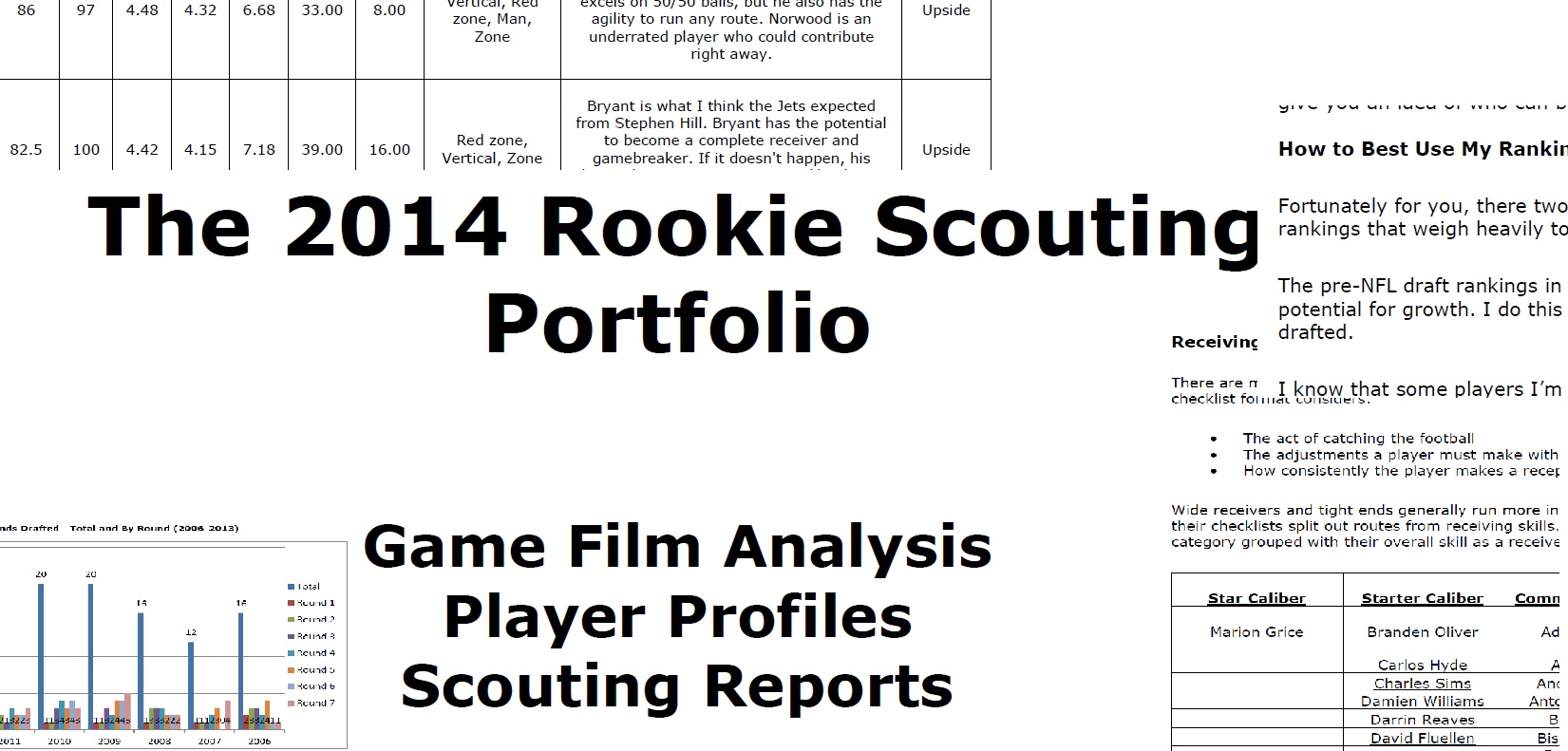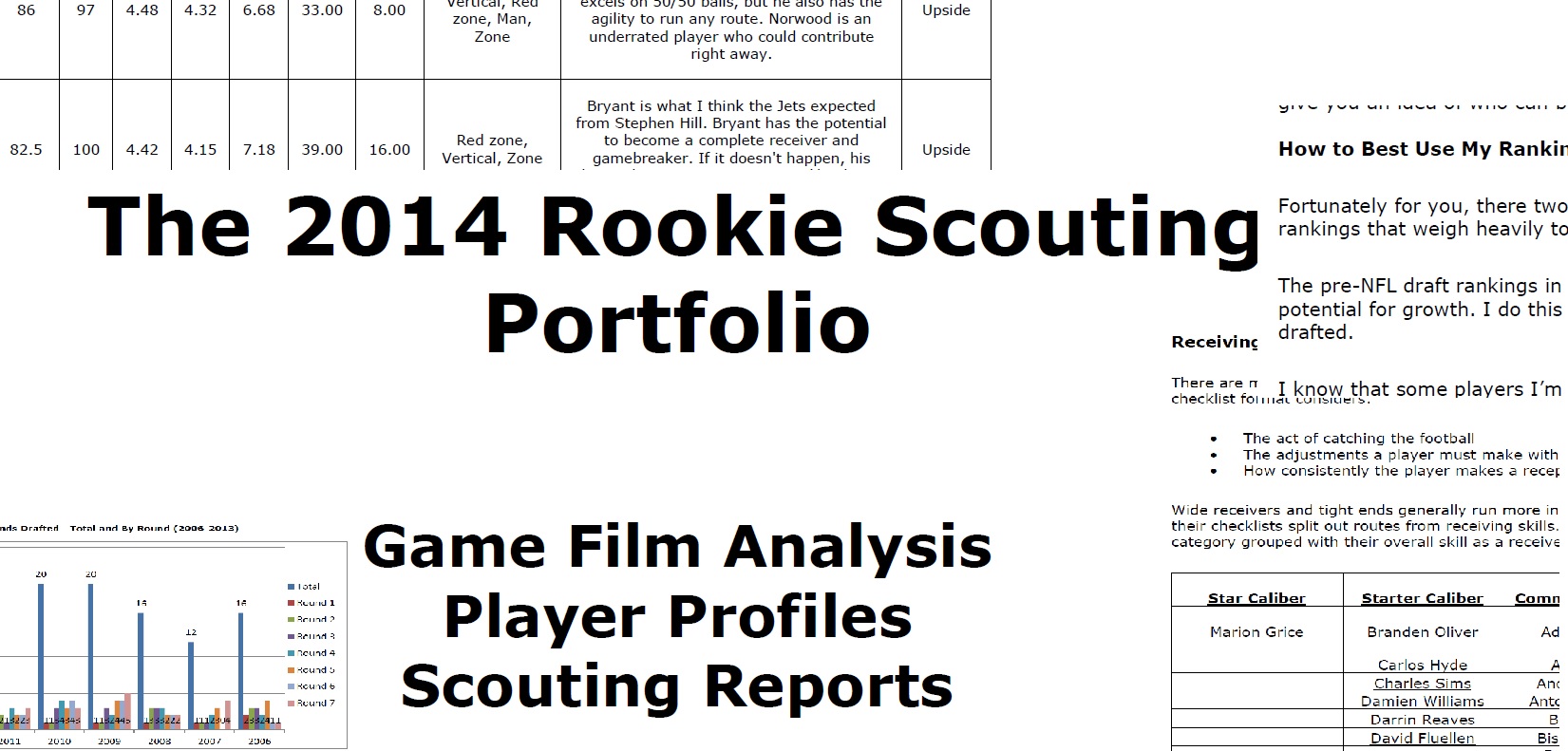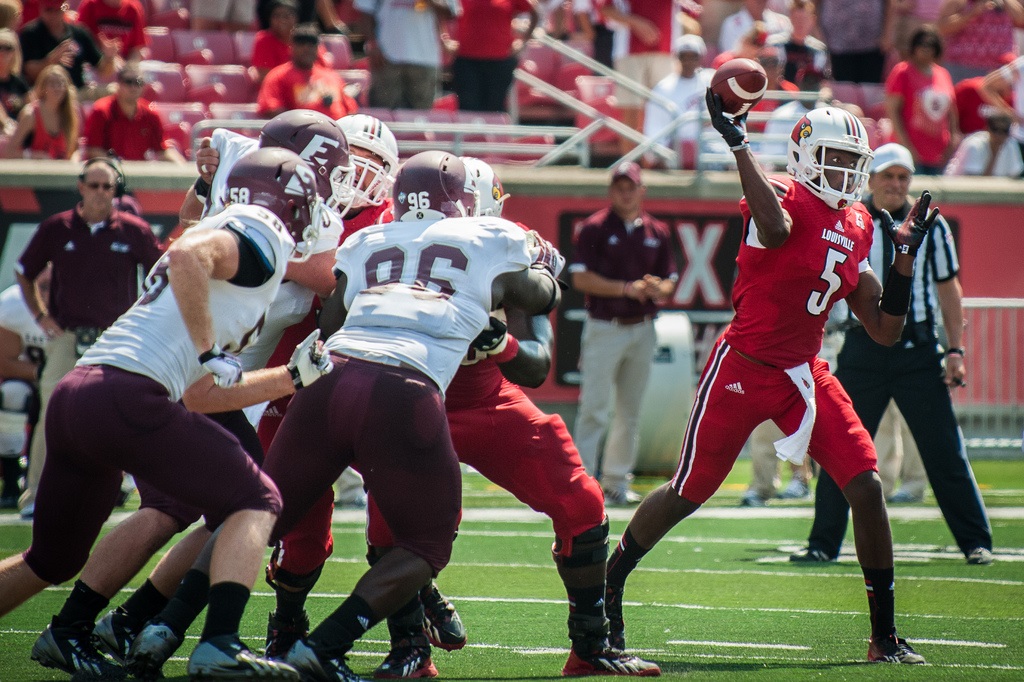
Chris Trapasso (with some Waldman sarcasm) tallies the votes and reveals the finalists for who we’d pick to defend our planet in a game with an alien race.
By Chris Trapasso and Matt Waldman
The scenario is simple, albeit nutty: If an alien race invades earth and challenges the human race to a football game for the right to the planet, which quarterback from any era of history would we choose to defend our planet?
The follow-up question to this piece of science fiction included us picking a college passer just in case the aliens wouldn’t allow us to pick a current pro or all-time pro that they could reanimate to his prime.
The Twitter/RSP population has spoken.
- Clemson’s Tajh Boyd received as many votes as Drew Brees and Tim Tebow (1) – These three votes span the entire quality spectrum of the position. As well as the range of our voters’ survival instincts.
- Wyoming’s Brett Smith, earned the same number of votes as Dan Marino – Smith, who is slowly but surely falling into the “overrated because he’s so underrated” category among draftniks, received two votes—the same as Marino. Both have fast releases and can maneuver a pocket. Marino was just far more efficient at doing so. Personally we think the votes for Smith were to create a “Cowboys vs. Aliens” headline. No dice.
- Jimmy Garoppolo earned one more vote than Joe Namath – Making good on guarantees doesn’t mean much anymore. I supposed that has to do with us being products of an informercial generation. Garoppolo captured more votes than Steve Young and Ben Roethlisberger. Good thing these were minority votes, we’d be enslaved by now.
- College QBs were easier to pick than the NFL – The variety of great NFL quarterbacks split the vote for the pro player far more than the college passers. This is why players like Drew Brees, Ben Roethlisberger, Steve Young, and even some of our NFL finalists received fewer votes than middling college players above.
Joe Montana (14 votes)













